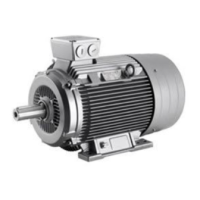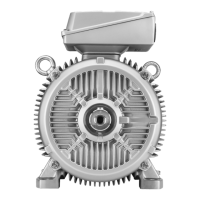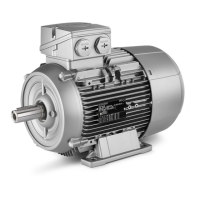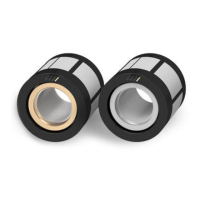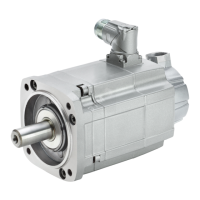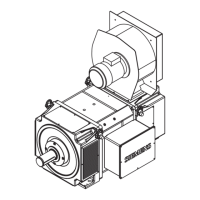Commissioning
Explosion-protected machines
56100000002002, 01/2016
125
● Corresponding to the control and speed monitoring functions implemented,
ensure that the machine cannot exceed the permissible speeds specified on the
rating plate.
● Ensure the correct setting conditions of the drive output elements depending on
the type (e.g. alignment and balancing of couplings, belt forces in the case of a
belt drive, tooth forces and tooth flank backlash/play in the case of gear wheel
output, radial and axial clearance in the case of coupled shafts).
● Comply with the minimum insulation resistances and minimum air clearances.
● Ensure correct grounding and potential bonding connection of the protective
conductor.
● Tighten all mounting bolts, connection elements and electrical connections to the
specified torques.
● Remove any lifting eyes that were screwed after installation – or secure them to
prevent them becoming loose.
● Rotate the rotor to ensure that it does not touch the stator.
● Implement all touch protection measures for both moving and live parts.
● Ensure that free shaft extensions cannot be touched, e.g. by attaching covers.
● Secure any featherkeys so that they cannot be flung out.
● Ensure that the optional external fan is ready for operation and connected so that
it rotates in the specified direction.
● Ensure that the cooling airflow is not obstructed or diminished in any way.
● If an optional brake is being used, ensure that it is functioning perfectly.
● Comply with the specified mechanical limit speed n
max
, and ensure that it is not
exceeded.
If the design of the machine requires the converter to be assigned in a particular way,
the relevant information will be provided on the rating plate or an additional label.
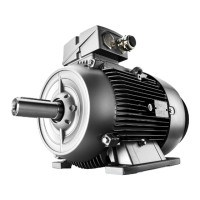
